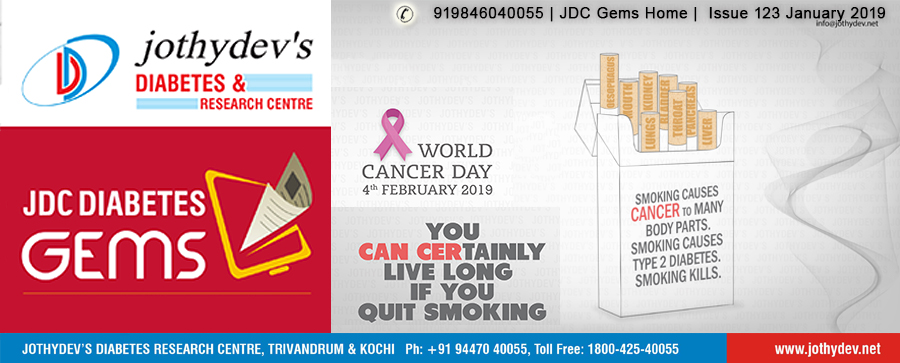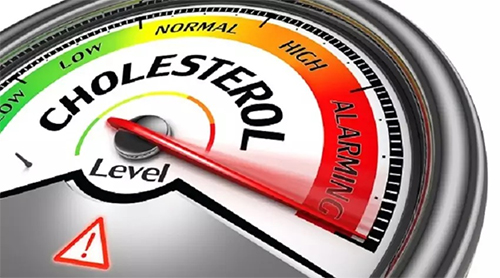
2. Guidelines on the Management of Cholesterol: |

![]() The American Heart Association (AHA) and the American College of Cardiology (ACC) updated the guidelines on the management of blood cholesterol in the prevention of CVD. The updated guidelines that can help health care providers prevent, diagnose and treat high cholesterol levels were presented during the 2018 AHA scientific sessions.
The American Heart Association (AHA) and the American College of Cardiology (ACC) updated the guidelines on the management of blood cholesterol in the prevention of CVD. The updated guidelines that can help health care providers prevent, diagnose and treat high cholesterol levels were presented during the 2018 AHA scientific sessions.
- In all individuals, emphasize a heart-healthy lifestyle across the life course.
- In patients with clinical atherosclerotic cardiovascular disease (ASCVD), reduce LDL-c with high-intensity statin therapy or maximally tolerated statin therapy.
- In very high-risk ASCVD, use an LDL-c threshold of 70 mg/dL (1.8 mmol/L) to consider addition of non-statins to statin therapy.
- In patients with severe primary hypercholesterolemia (LDL-c level ≥190 mg/dL (≥4.9 mmol/L)), begin high-intensity statin therapy without calculating 10-year ASCVD risk.
- In patients 40 to 75 years of age with diabetes mellitus and an LDL-c level of ≥70 mg/dL (≥1.8 mmol/L), start moderate-intensity statins without calculating 10-year ASCVD risk.
- In adults 40 to 75 years of age evaluated for primary ASCVD prevention, have a clinician–patient risk discussion before starting statin therapy.
- In adults 40 to 75 years of age without diabetes mellitus and with LDL-c levels ≥70 mg/dL (≥1.8 mmol/L), at a 10-year ASCVD risk of ≥7.5%, start a moderate-intensity statin if a discussion of treatment options favors statin therapy.
- In adults 40 to 75 years of age without diabetes mellitus and 10-year risk of 7.5%-19.9%, risk-enhancing factors favor initiation of statin therapy.
- In adults 40 to 75 years of age without diabetes mellitus and with LDL-C levels ≥70 mg/dL- 189 mg/dL (≥1.8-4.9 mmol/L), at a 10-year ASCVD risk of ≥7.5%-19.9%, if a decision about statin therapy is uncertain, consider measuring coronary artery calcium (CAC).
- Assess adherence and percentage response to LDL-C–lowering medications and lifestyle changes with repeated lipid measurement 4 to 12 weeks after statin initiation or dose adjustment, repeat every 3 to 12 months as needed.
For enquiries info@jothydev.net.
Please visit: jothydev.net | research.jothydev.com | diabscreenkerala.net | jothydev.com/newsletter
